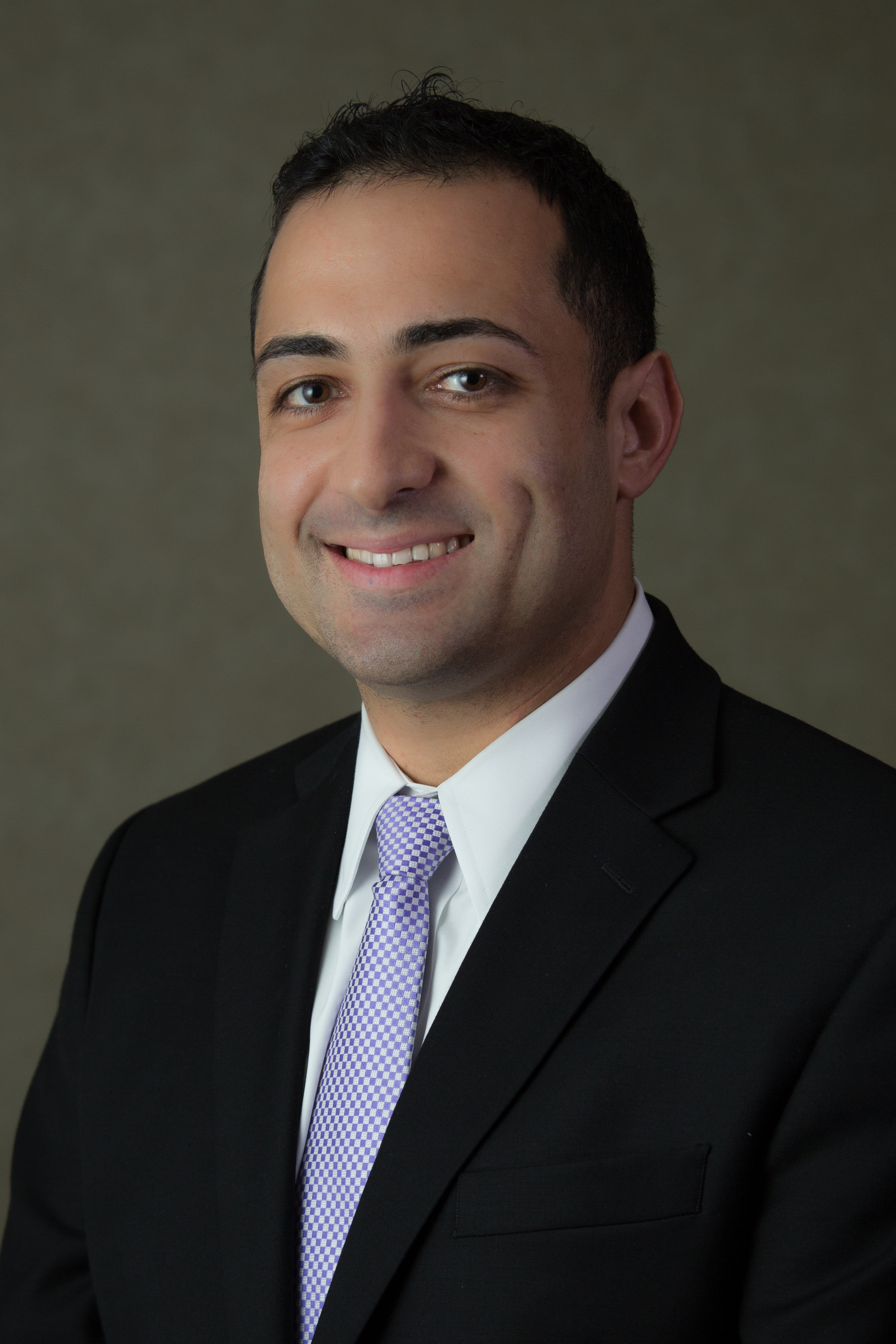‘What Must Change to Make NYC Crane-Safe’
The title of this blog post matches that of an editorial posted on the Engineering News-Record (ENR.com). The editorial echoes what many people are saying about crane-safety—that something must be done. The editorial calls for “several different remedies” to prevent future crane accidents, including those in New York and New Jersey.
According to the editorial:
First, owners and owner associations should speak up with more vigilance on the subject of crane safety. We know the means and methods of construction belong to contractors who shield owners against liability, but there’s nothing like the voice of an owner to effect change. In addition to New York City, whose role in policing crane safety has been spotty, we hope that the Real Estate Board of New York, which represents private developers, would put its name behind any push for improved results.
Second, federal and local prosecutors must not level dramatic, overreaching charges, especially in the use of manslaughter statutes, that serve no public purpose in long-shot criminal cases. The Lomma prosecution was the third in New York City in the past 24 months that produced guilty pleas only after named defendants plea-bargained. The main defendants were cleared by juries or judges who saw that the causes of the fatalities were unclear or that responsibility was shared in a way that blame couldn’t be brought down heavily on one party or another.
Third, the concepts behind crane safety must continue to evolve. Here, New York City has an opportunity to show national leadership. Next year, the city will require nationally accredited testing as part of licensure for all crane operators, which was one of the recommendations in the multimillion-dollar “High-Risk Construction Oversight” study the city commissioned in 2009. It’s a good start, but we also want to see similar testing of riggers, signalers, inspectors and lift directors. Each lifting-team member must be assigned responsibility, not just the operators.
Finally, the editorial also recommends the “mandatory de-rating of cranes—say, by 25%—which would force contractors to plan every lift as a critical lift.” It calls on city crane operators to stop hoisting concrete by bucket, something they say puts the crane under “undue stress.” The editorial recommends the use of booms instead.
Over the past several years, we’ve seen many crane accidents, some of which were completely preventable. While we would like to see no crane accidents in the future, the likelihood of such a utopian outcome is pretty slim.
How Ginarte Can Help
Crane accidents often end in tragedy. Falling debris is the cause of some injuries and deaths following a crane accident. While the outcome can be catastrophic, the crane manufacturer, owner, and your employer could be held responsible for the accident and all resulting injuries.
If you find yourself injured after a crane accident, contact our NY / NJ construction accident attorneys today. We are committed to fighting for our clients and working toward a positive resolution. Call us today to discuss the specifics and how we might be able to help. Call 888-GINARTE or fill out our online contact form.













